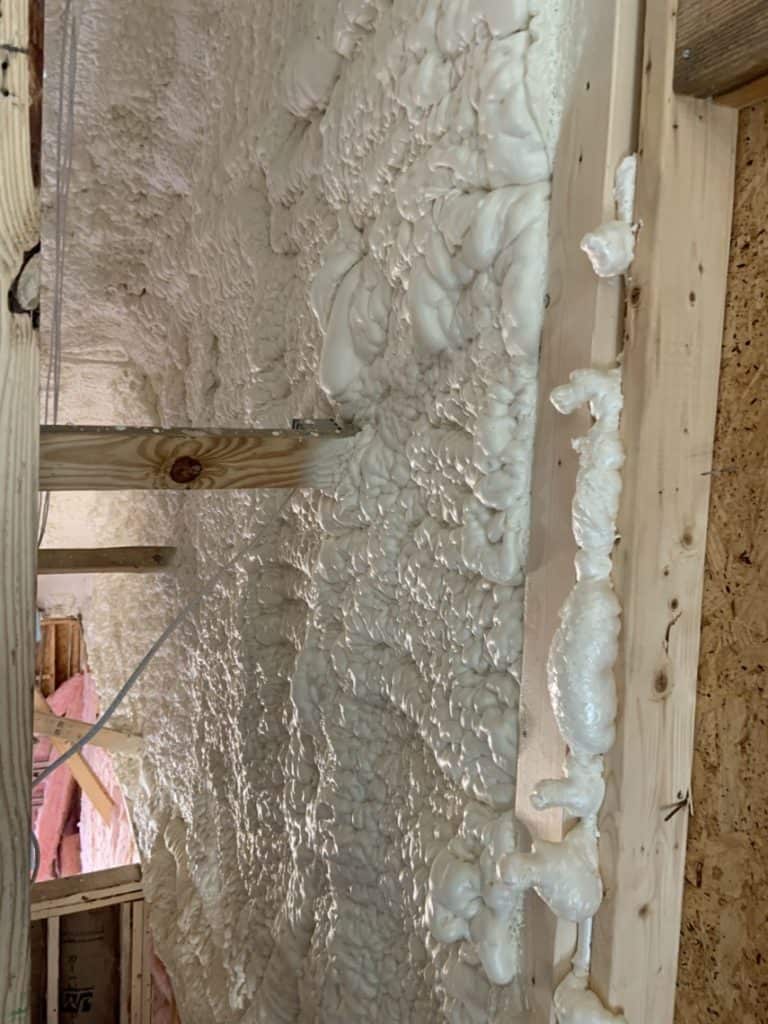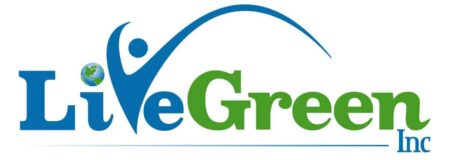Choosing the Right Insulation for Your Home
Spray Foam and fiberglass insulation are two of the most popular choices that LiveGreen installs in the triangle area, and both have pros and cons to consider for your insulation project. It’s important to know that we use Johns Manville for all insulation installation projects because of its exceptional product quality that makes diverse environments stronger, more durable, and more energy efficient and comfortable. So how do these two particular Johns Manville products compare?

Ready To Get Started?
Contact Us Today to Schedule Your Energy Assessment and Free Quote.
Let’s start with spray foam insulation, a versatile solution for any enclosed space. Spray foam from LiveGreen offers a multitude of benefits that make it extremely popular in our service area. It can expand and fill even the tiniest gaps and crevices in your walls, ceilings, and floors, providing excellent air and moisture barrier properties. The airtight seal prevents the entry of outdoor pollutants and allergens, and spray foam insulation is resistant to mold growth, minimizing the risk of moisture-related issues.
Spray foam insulation has a high R-value, so it offers superior thermal resistance, reducing heat loss and energy consumption. It also acts as a noise barrier, minimizing sound transmission between rooms.
So what’s the `con’ in this pro/con discussion? Simply that spray foam insulation is generally more expensive upfront compared to fiberglass insulation. But also take into account that spray foam’s long-term energy savings and durability can offset the initial investment, which can actually make it a cost-effective choice in the long run.
Moving on to fiberglass insulation: This option has been a popular choice for homeowners for many years. Johns Manville fiberglass insulation from LiveGreen is composed of fine glass fibers that come in batts, rolls, or loose-fill forms. Fiberglass insulation is known for its affordability, which makes it an attractive option for homeowners on a budget. It offers good thermal resistance and effectively reduces heat transfer. It’s also relatively easy to install because it can be easily cut to fit into various spaces and does not require special installation equipment.
While you are saving money up front, fiberglass insulation can be less effective in sealing small gaps and cracks, leading to potential air leakage and heat loss. Fiberglass insulation is also not as effective as spray foam insulation in blocking noise transmission. And it can be a respiratory irritant during installation which is why it’s important to let the professionally trained and equipped LiveGreen insulation team install it for you instead of trying to tackle the job yourself.
So which insulation is right for you? Ultimately the insulation you choose will come down to your specific needs and budget. If your priority is superior air sealing, energy efficiency, and improved indoor air quality, spray foam insulation may be your best choice.
However if you’re looking for an affordable option with easier installation, fiberglass insulation may be the solution for you. While it may not provide the same level of air sealing and mold resistance as spray foam insulation, it still offers decent thermal insulation properties for our area of the country, and is a viable option for homes and businesses in the Triangle..
The easiest choice you’ll make is hiring LiveGreen for your project, whatever insulation you decide to go with. LiveGreen Inc. offers both spray foam insulation and fiberglass insulation for your home, business or industrial space. We’re happy to come to your location, scope out the project, discuss the pros and cons of each type of insulation with you, so you can make an informed decision for comfort, energy efficiency, and overall sustainability. Contact us online today for your free project estimate!

